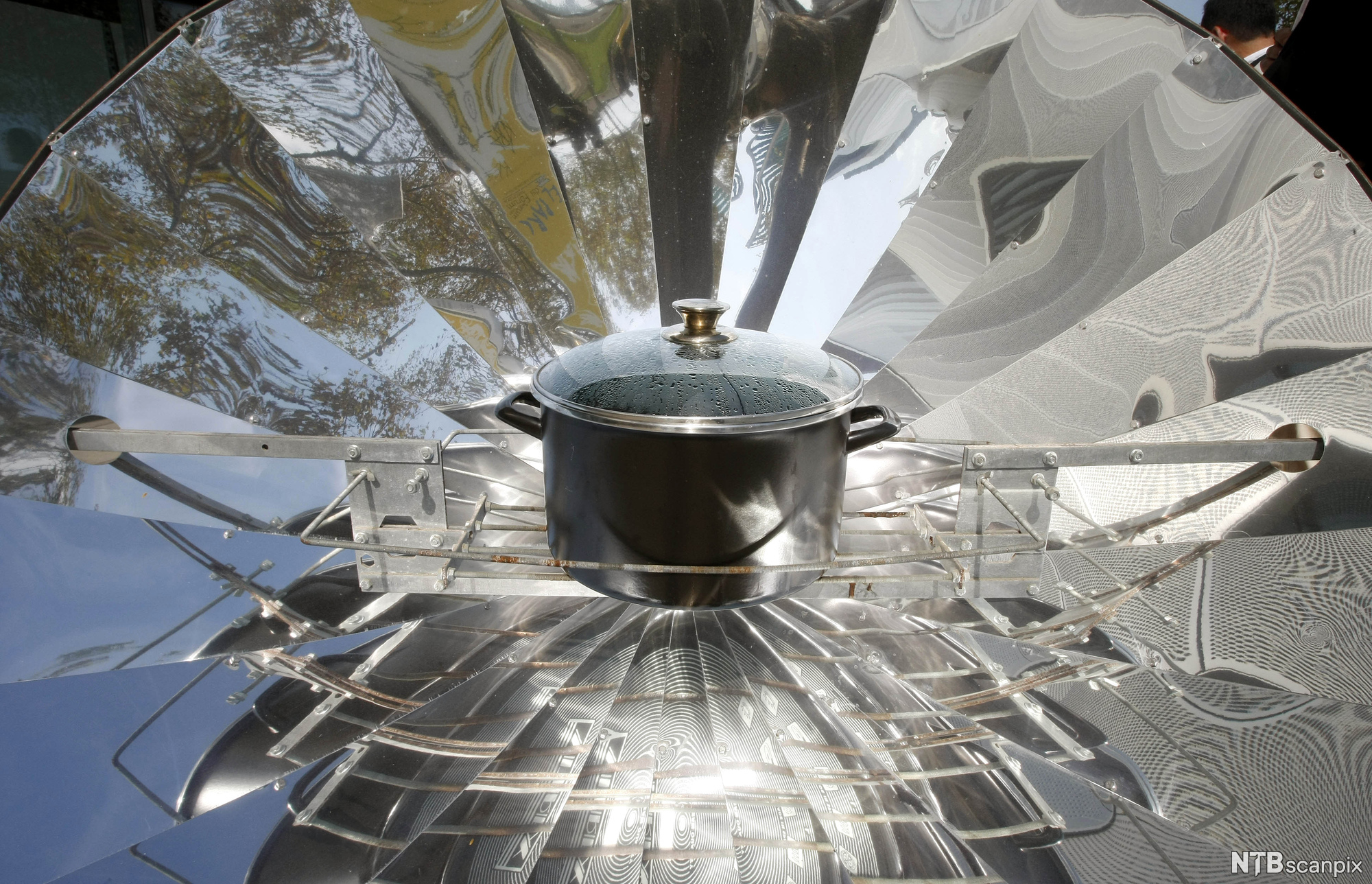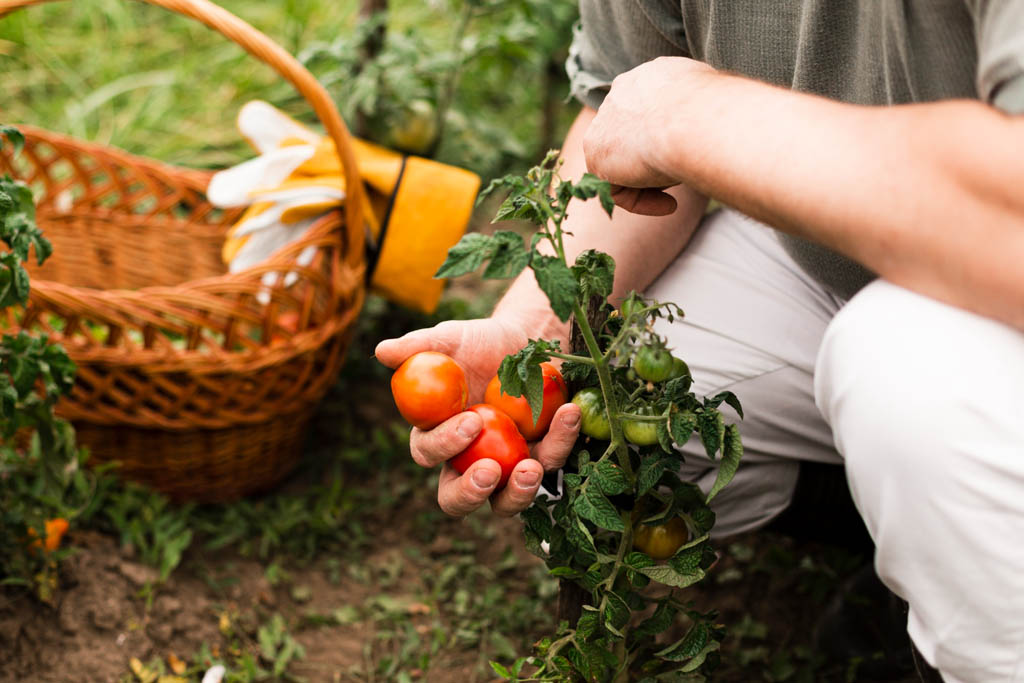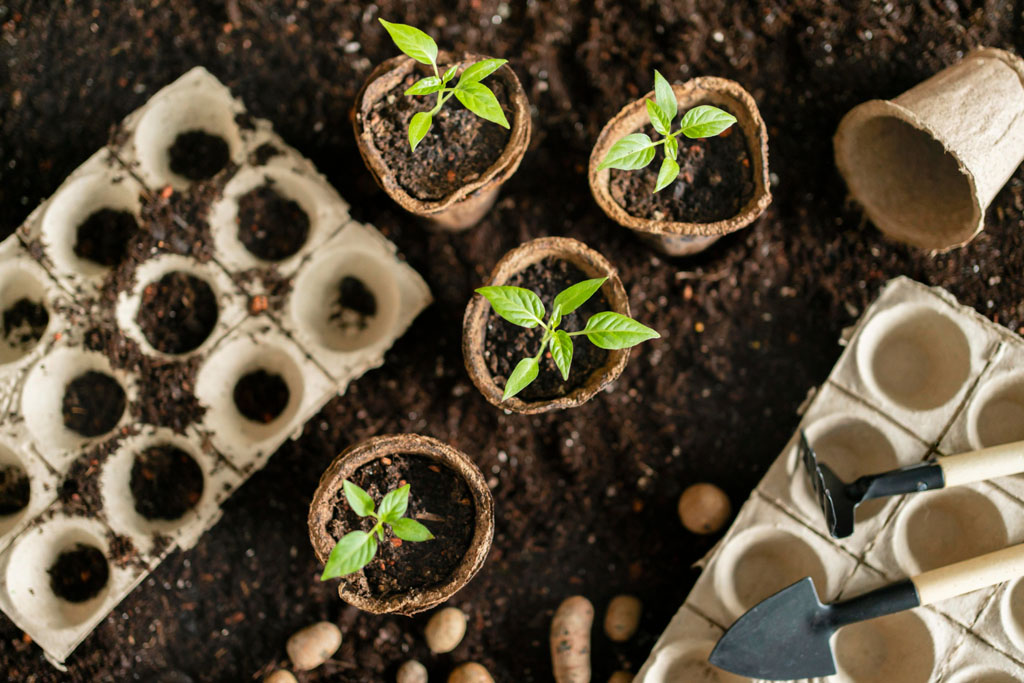Your Off-grid living
What brought you here to this website today? I guess that you have decided there has to be a better way. A better way to live your life. A better way to distribute your income. A better way to provide for your family. You have decided that it is time to find out how you can be more self-sufficient. You’ve decided it’s time to find out how to go off the grid.
In summary
Off-grid living is a lifestyle that is becoming increasingly popular as people become more interested in sustainable living. Off-grid living means living without being connected to the public utility grid for electricity, water, or sewer. This can be done by using renewable energy sources such as solar and wind power, or by living in a remote location where these utilities are not available.
There are many benefits to living off-grid, including being more self-sufficient and less reliant on the often-unreliable public utility grid. Additionally, off-grid living can be much cheaper than living on the grid, especially if you are able to generate your own power.
If you are considering making the switch to off-grid living, there are a few things you need to take into consideration. First, you will need to have a reliable source of water. This can be done by collecting rainwater or drilling a well. Second, you will need to have a way to generate power, either through solar panels or a wind turbine. Finally, you will need to be prepared to live without some of the modern conveniences that we often take for granted, such as being able to flush our toilets or take a hot shower.
Off-grid living is not for everyone, but it can be a great way to live a more sustainable and self-sufficient lifestyle. If you are interested in giving it a try, be sure to do your research and be prepared for a bit of a lifestyle change.
How do beginners live off the grid?
Going off the grid is becoming a more attractive option these days for people who can afford it. When you become independent of municipal supplies, your home is more secure, uses fewer resources, and ultimately costs less to maintain. The good thing is that these days it is becoming even more efficient and affordable to develop a self-sufficient system for your home, as technology makes things more available.
Even with new technology, there are really three requirements for becoming self-sufficient with your home’s needs. You need to be able to remove waste and supply water and power to your home without any interaction with municipal supplies. Only then you are saving the most money, and are relatively independent of outside sources.
1. Off-grid waste management
One of the easiest things to handle in making your home independent is waste removal. As long as the majority of your waste is organic in nature, you can use septic systems, compost systems, or a fire-heated furnace as ways to get rid of waste. Of these options, septic systems are commonly used now on homes that do not have access to municipal water supplies.
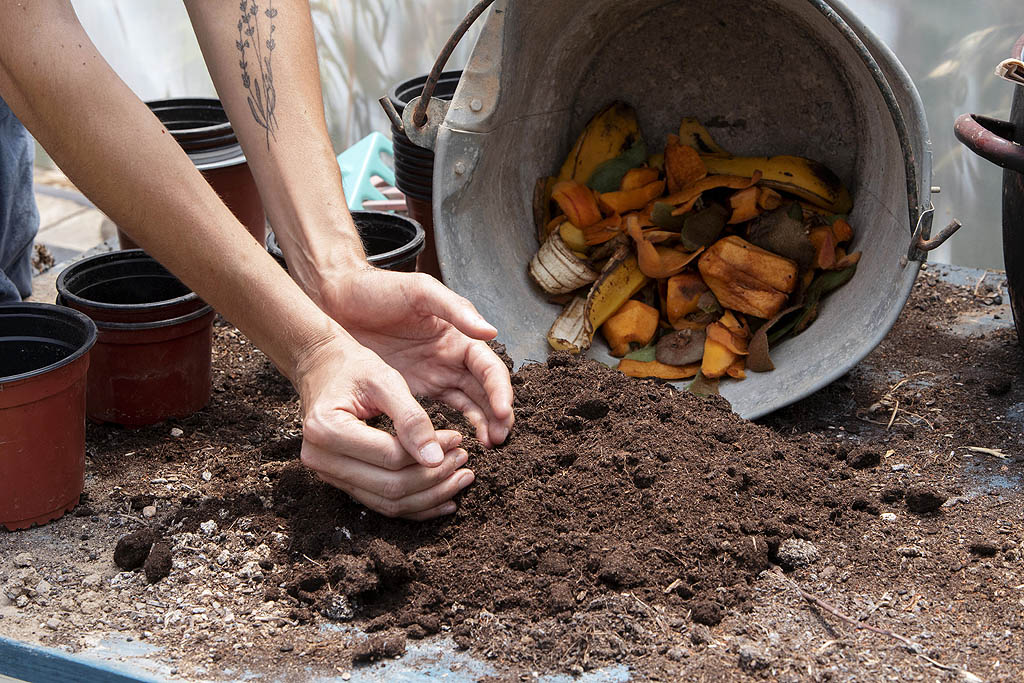
They cost anywhere from $10,000 and up and can handle most organic waste, with the proper maintenance. As long as a person does not put down too many anti-bacterial, or toxic chemicals in a septic system, and they occasionally feed in supplements available at most hardware stores, a good septic system will work maintenance-free for 15 years or more.
Larger organic waste is compostable, this can be anything as simple as a free composting pile, where the only maintenance is turning the material so it can decompose, or you can find composting systems in many places online for as little as approximately $50. Composting systems also have the advantage they provide rich fertilizer for a garden on your property.
The last disposal method for most waste is burning. If you are going to make burning a significant part of your waste disposal, make sure that you buy, or make a dedicated furnace specifically for burning waste, that can stand extremely high temperatures. Many types of inorganic wastes will be destroyed in a high-temperature furnace, but make sure you check with local law regarding the burning of trash.
2. Off-grid water management
Water is a secondary concern when you decide to live off the grid. Human beings require only approximately 1 gallon a day in order to stay clean, drink, and cook their food. That said, the average US usage of water is approximately 40 gallons per day, per person.

When going off the grid, consider ways to reduce water usage, while looking for your external sources. Wellwater is the obvious choice for most people who do not have access to city water. For $10-$15000 dollars, you can have a well drilled on your property, if you have suitable water supplies.
With a hand-operated pump, a well can be fairly maintenance-free and will last decades with no issues. Electric pumps are more expensive, and give more opportunities for failure, but have their obvious advantages. Also, make sure you purchase and position large catch basins to capture rainwater.
Rainwater may not be drinkable until filtered, but it can also be used as ‘greywater’ in basic cleaning and once boiled, for cooking purposes. Lastly, if you live by a stream or river, you can certainly channel that in order to provide water for your home, though again, this water requires careful filtration before it becomes potable.
3. Off-grid power management
The main requirement for a house off-the-grid, if you still want to keep your normal creature comforts, is power. Most power generation these days is provided by power companies and utility lines, even to relatively remote locations. Home power independence is now becoming a hot topic these days, especially as technology has advanced and become more affordable.

Turbine generation comes in two forms, wind, or water. Most people think of the hundred-foot tall huge wind structures in massive fields when they think of wind power, but a home-based system is available, and is actually fairly affordable, depending on your power requirements. Wind systems are low-maintenance and often can go 15-20 years with minimal mechanical intervention.
If you live in any location where you see consistent winds of 7mph or more, wind power is a reliable form of power generation. Equally consistent are water generator systems. These function like small dam power generation stations, and require a steady source of running water, and a significant plumbing and turbine investment before they are a functional option.
They also require the most maintenance, due to the many mechanical components, silt, and other debris in the water, or just the wearing of water on parts. These systems typically use a bank of batteries as a way to keep power stored and regulated to compensate for the vagrancy of their power generation but can provide ample power for most homes.
Solar power is currently the technology star of home power generation. It is cheap, getting cheaper all the time, and is reliable as long as you get at least 5 hours of consistent sunlight each day, or as long as you have a battery backup system that will power your home and take the overload for days that do not get as much sunlight.
Solar systems can cost as little as a couple of thousand dollars to implement and require almost zero maintenance. Unless a panel is damaged, most manufacturers guarantee solar panels not lose more than 10% of their power-generating capacity for up to 30 years.
Even after that time, solar panels will continue to generate power, but they will do so less efficiently. For houses still tied into the grid, many homes find they are ending months with $0 on their power bills, or with credits given back due to excess power returned to the grid system.
For many homes, solar power has become the main method for power independence, and with that power independence, it becomes easier than ever to take your home off the grid.
Living off the grid isn’t the goal, but the way to a better life
There are varying degrees of reliance and independence. For most people having access to centralized delivery of essential services is normal and it wouldn’t occur to them to live any other way. They grumble when they get their power bill every billing period but on the whole, they accept that this is how it’s done.
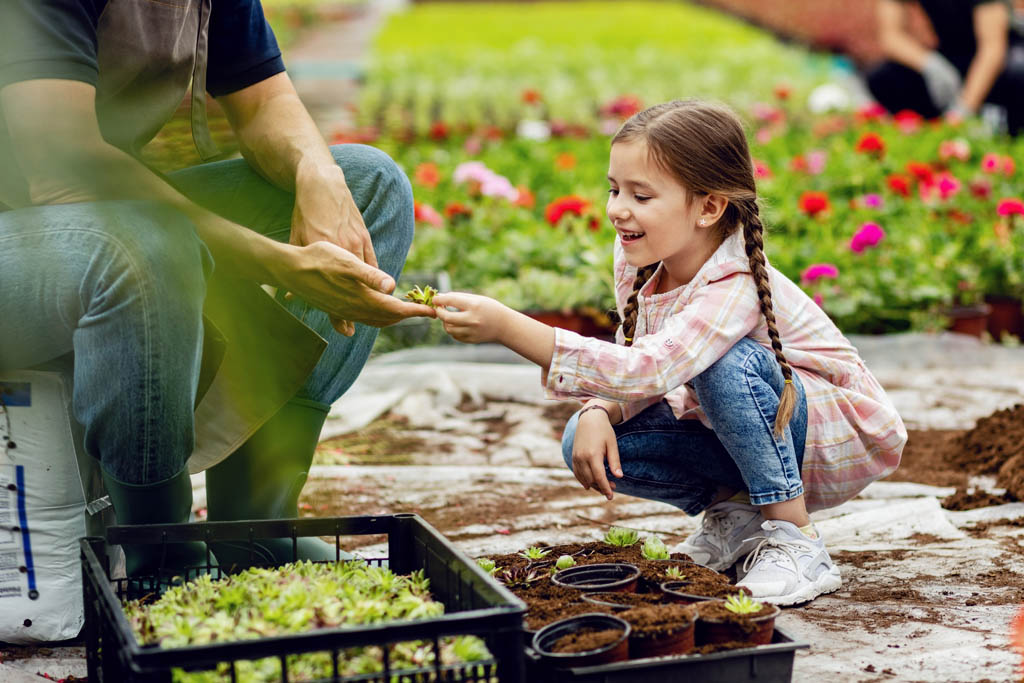
There is, however, a growing number of people who feel that it is unacceptable to not have control over the resources upon which they rely for everyday living. For these people, it is important to take back responsibility for their own power and water and in so doing, cut ties with the corporations and authorities that regulate and charge for these essential services.
There are also those who believe that the government has a deliberate agenda to keep the population so tied to utility services that it is simply impossible to disconnect. And then of course there are those who feel absolutely certain that a total social and economic collapse is imminent and that the only way to ensure survival is to be entirely self-sufficient.
If you want to read more tips, advice, and reviews on off-grid topics, you can start browsing the most popular articles here.


